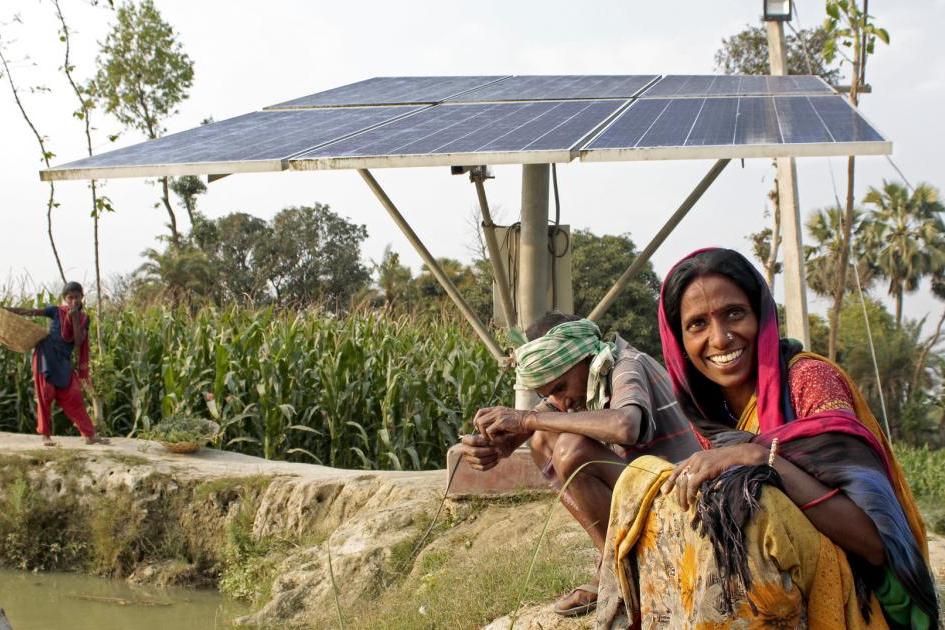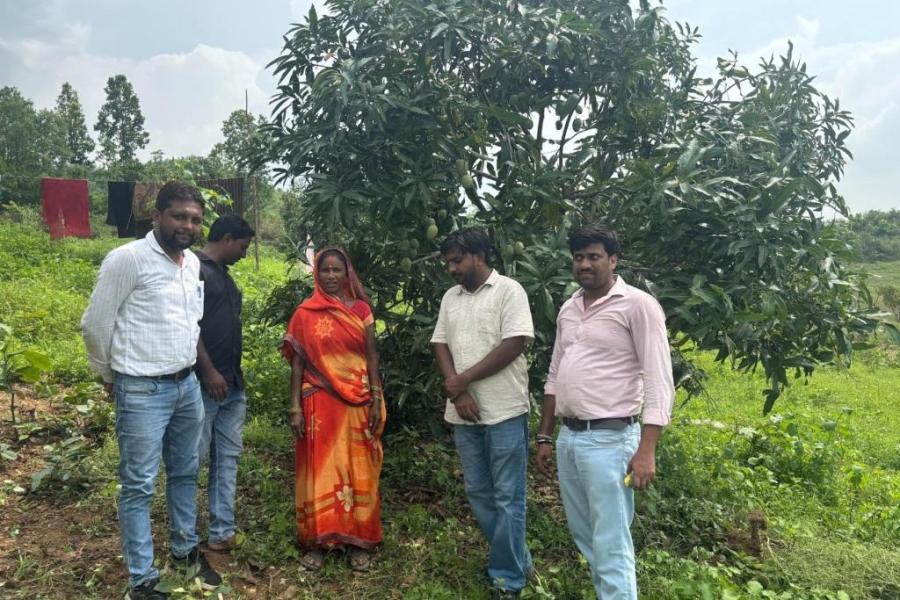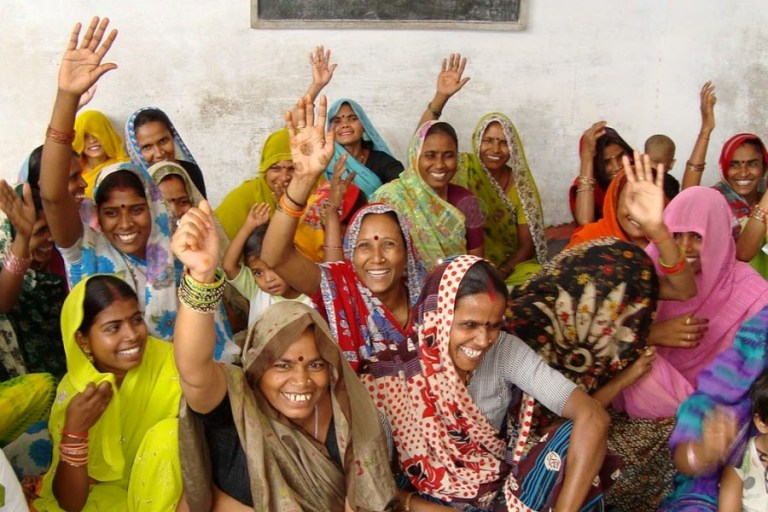 Renewable energy sources are at the forefront of the global movement towards a more sustainable future, and geothermal energy is gaining traction as a reliable alternative. Ashish Agarwal, Managing Director and CEO at Seros, explores this promising yet underutilized resource in the context of India's energy landscape. With a background in diverse industries such as energy, shipping, and logistics, Mr. Agarwal has been instrumental in steering Seros towards sustainable practices. His leadership has facilitated the growth of India's largest green logistics company and a nationwide virtual pipeline network, reflecting his dedication to reducing carbon footprints and promoting energy security.
Renewable energy sources are at the forefront of the global movement towards a more sustainable future, and geothermal energy is gaining traction as a reliable alternative. Ashish Agarwal, Managing Director and CEO at Seros, explores this promising yet underutilized resource in the context of India's energy landscape. With a background in diverse industries such as energy, shipping, and logistics, Mr. Agarwal has been instrumental in steering Seros towards sustainable practices. His leadership has facilitated the growth of India's largest green logistics company and a nationwide virtual pipeline network, reflecting his dedication to reducing carbon footprints and promoting energy security.
In this article, Mr. Agarwal delves into the potential of geothermal energy to transform India's energy sector. He discusses its advantages over other renewable sources, its versatile applications, and the challenges it faces. By highlighting the opportunities for innovation and collaboration, Mr. Agarwal envisions a future where geothermal energy contributes significantly to India's journey toward net-zero emissions and sustainable development.
Read the full article for deeper insights:
India's Geothermal Frontier: Harnessing Earth's Heat for a Sustainable Future
As India charts its course towards a sustainable energy future, a promising yet often overlooked resource is gaining attention: geothermal energy. With ambitious targets to achieve net-zero emissions by 2070, India is exploring innovative solutions to meet its growing energy demands. Among these, geothermal energy emerges as a potential game-changer, offering a unique blend of sustainability, reliability, and versatility.
Mapping India's Geothermal Landscape
Beneath India's diverse landscape lies a vast reservoir of heat waiting to be harnessed. The Geological Survey of India has identified approximately 340 geothermal hot springs across the country, spanning seven distinct geothermal provinces. These natural wonders, with surface temperatures ranging from 37°C to 90°C, represent more than just geological curiosities – they are gateways to a clean energy future.
From the snow-capped peaks of the Himalayas to the sun-baked plains of central India, geothermal potential is scattered across the nation. Notable hotspots include the Puga Valley and Chhumathang in Ladakh, Manikaran in Himachal Pradesh, and Tattapani in Chhattisgarh. Each of these sites tells a story of untapped potential waiting to be written into India's energy narrative.
The Steady Hand of Geothermal Power
Unlike its renewable counterparts – solar and wind – geothermal energy offers a consistency that sets it apart. Unaffected by day-night cycles or seasonal variations, geothermal power plants can provide a steady baseload power supply. This reliability makes geothermal energy an attractive option for grid stability, complementing the intermittent nature of other renewable sources.
Moreover, the Ministry of New and Renewable Energy estimates that India could potentially harness up to 10 GW of geothermal power. While this figure might seem modest compared to solar or wind potential, the impact of geothermal energy extends far beyond mere numbers.
Ladakh: A Geothermal Pioneer
In the high-altitude desert of Ladakh, a pioneering project is taking shape, marking India's bold entry into the geothermal arena. The Oil and Natural Gas Corporation (ONGC) Energy Centre has embarked on an ambitious venture in the Puga Valley, aiming to tap into the region's rich geothermal resources.
The project's first phase involves drilling a 1,000-meter well to access temperatures exceeding 200°C. Initially set to produce 1 MW of electricity, the long-term vision is to scale up to an impressive 100 MW. This initiative not only demonstrates the scalability of geothermal energy but also aligns perfectly with the vision of a carbon-neutral Ladakh.
Beyond the Power Plant: Geothermal's Versatile Applications
While electricity generation often takes center stage, the potential of geothermal energy extends far beyond power plants. In regions blessed with low to medium temperature resources, direct heat applications offer a wealth of possibilities.
Imagine greenhouses in Ladakh, warmed by the Earth's heat, producing fresh vegetables in the harsh winter months. Picture spa resorts in Himachal Pradesh, where therapeutic hot springs attract health-conscious tourists. Envision industries in Gujarat utilizing geothermal heat for processes ranging from food dehydration to textile production.
The versatility of geothermal energy also extends to space heating and cooling. Ground Source Heat Pumps (GSHPs) can significantly reduce electricity demand for climate control in both residential and commercial settings, offering a sustainable alternative to conventional HVAC systems.
The Challenges and Opportunities
Despite its promise, the path to geothermal development in India is not without obstacles. The high upfront costs associated with exploration and drilling pose a significant financial hurdle. Moreover, the specialized skills required in geosciences, drilling, and reservoir engineering present a talent gap that needs to be addressed.
The medium enthalpy nature of most Indian geothermal resources necessitates careful planning and pilot projects to establish technical and economic viability. Additionally, concerns about the environmental impact of geothermal development, particularly in ecologically sensitive areas, require thoughtful consideration and mitigation strategies.
These challenges, however, also present opportunities for innovation and growth. Investing in research and development of customized drilling technologies could significantly reduce costs and improve project outcomes. Novel financial models, such as risk-sharing mechanisms and green bonds, could attract investors and mitigate the high upfront costs.
Collaboration between academia, industry, and government agencies could foster a robust ecosystem for geothermal development. Skill development programs and specialized courses in geothermal technologies could address the talent gap, creating new employment opportunities in the process.
To Conclude
The development of geothermal energy aligns not only with India's sustainability goals but also offers a path to energy security and balanced regional growth. It has the potential to bring power and economic opportunities to remote areas, bridging the urban-rural divide and fostering inclusive development. As India's energy consumption continues to surge, which is projected to increase by at least 25% by 2030, the integration of geothermal energy into the national power mix becomes increasingly crucial.
By embracing this clean, reliable, and versatile energy source, India can forge a path towards energy independence, environmental sustainability, and inclusive growth. The journey may be challenging, but the potential rewards – a cleaner environment, energy security, and sustainable development – make it a venture worth pursuing.



 Renewable energy sources are at the forefront of the global movement towards a more sustainable future, and geothermal energy is gaining traction as a reliable alternative. Ashish Agarwal, Managing Director and CEO at Seros, explores this promising yet underutilized resource in the context of India's energy landscape. With a background in diverse industries such as energy, shipping, and logistics, Mr. Agarwal has been instrumental in steering Seros towards sustainable practices. His leadership has facilitated the growth of India's largest green logistics company and a nationwide virtual pipeline network, reflecting his dedication to reducing carbon footprints and promoting energy security.
Renewable energy sources are at the forefront of the global movement towards a more sustainable future, and geothermal energy is gaining traction as a reliable alternative. Ashish Agarwal, Managing Director and CEO at Seros, explores this promising yet underutilized resource in the context of India's energy landscape. With a background in diverse industries such as energy, shipping, and logistics, Mr. Agarwal has been instrumental in steering Seros towards sustainable practices. His leadership has facilitated the growth of India's largest green logistics company and a nationwide virtual pipeline network, reflecting his dedication to reducing carbon footprints and promoting energy security.












.jpg)




